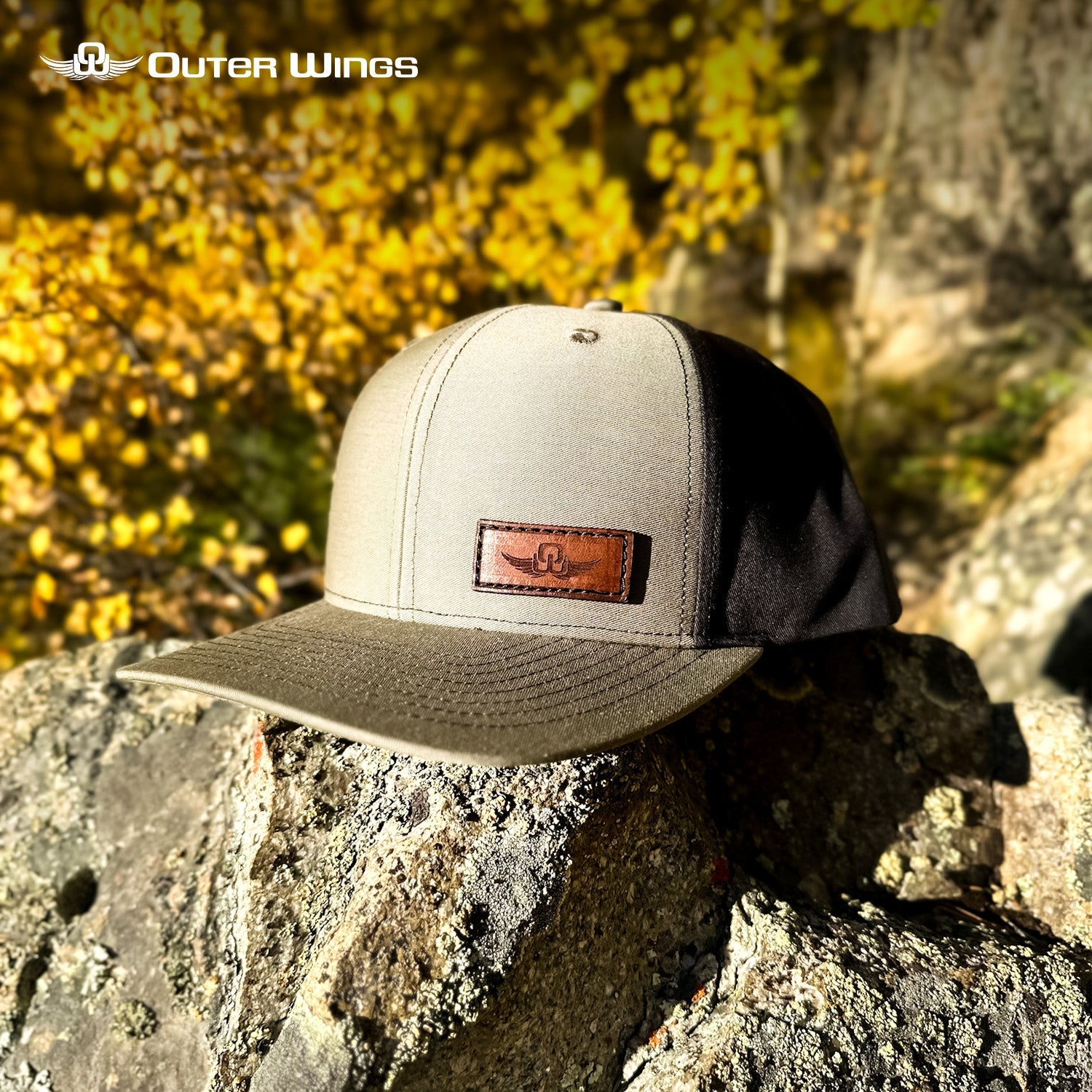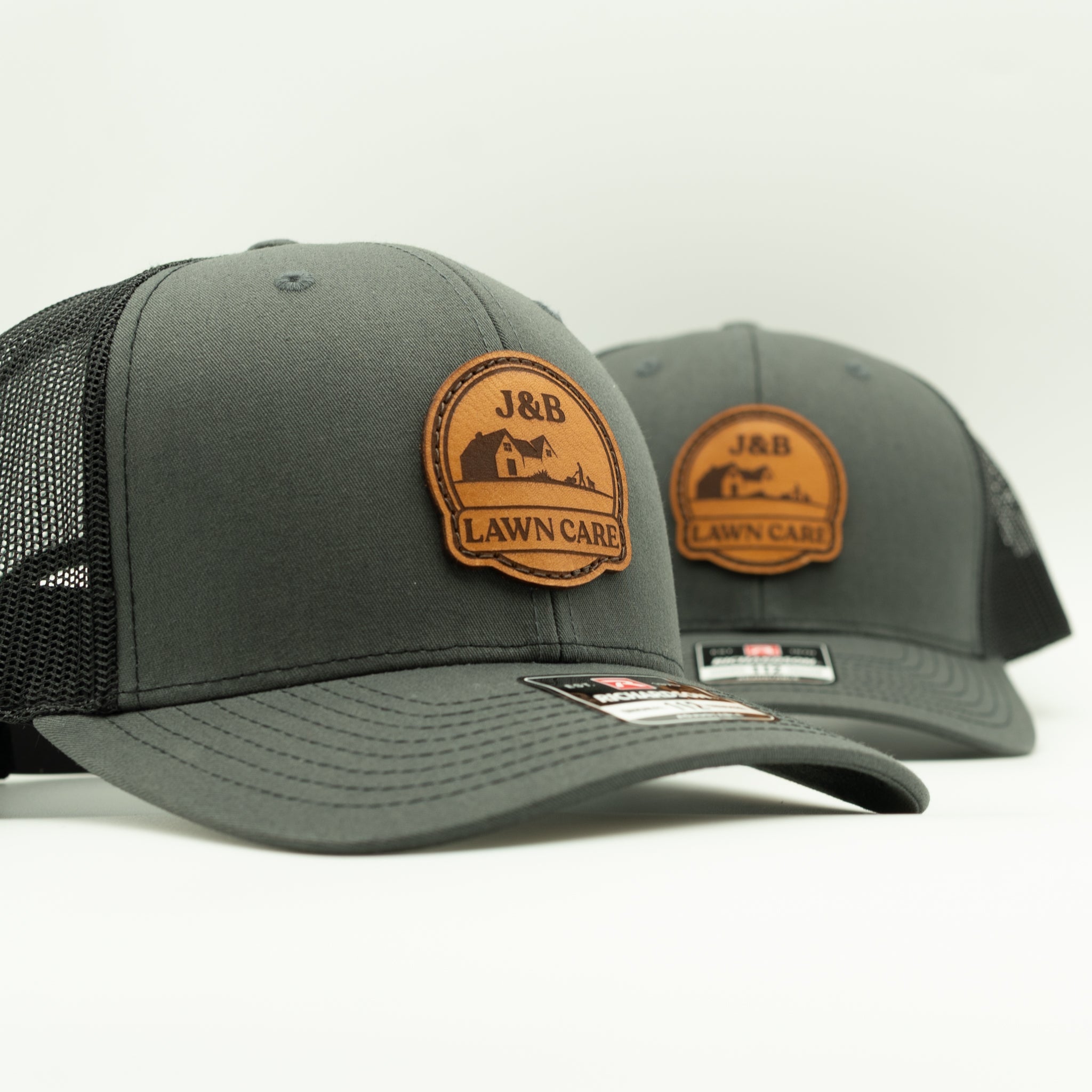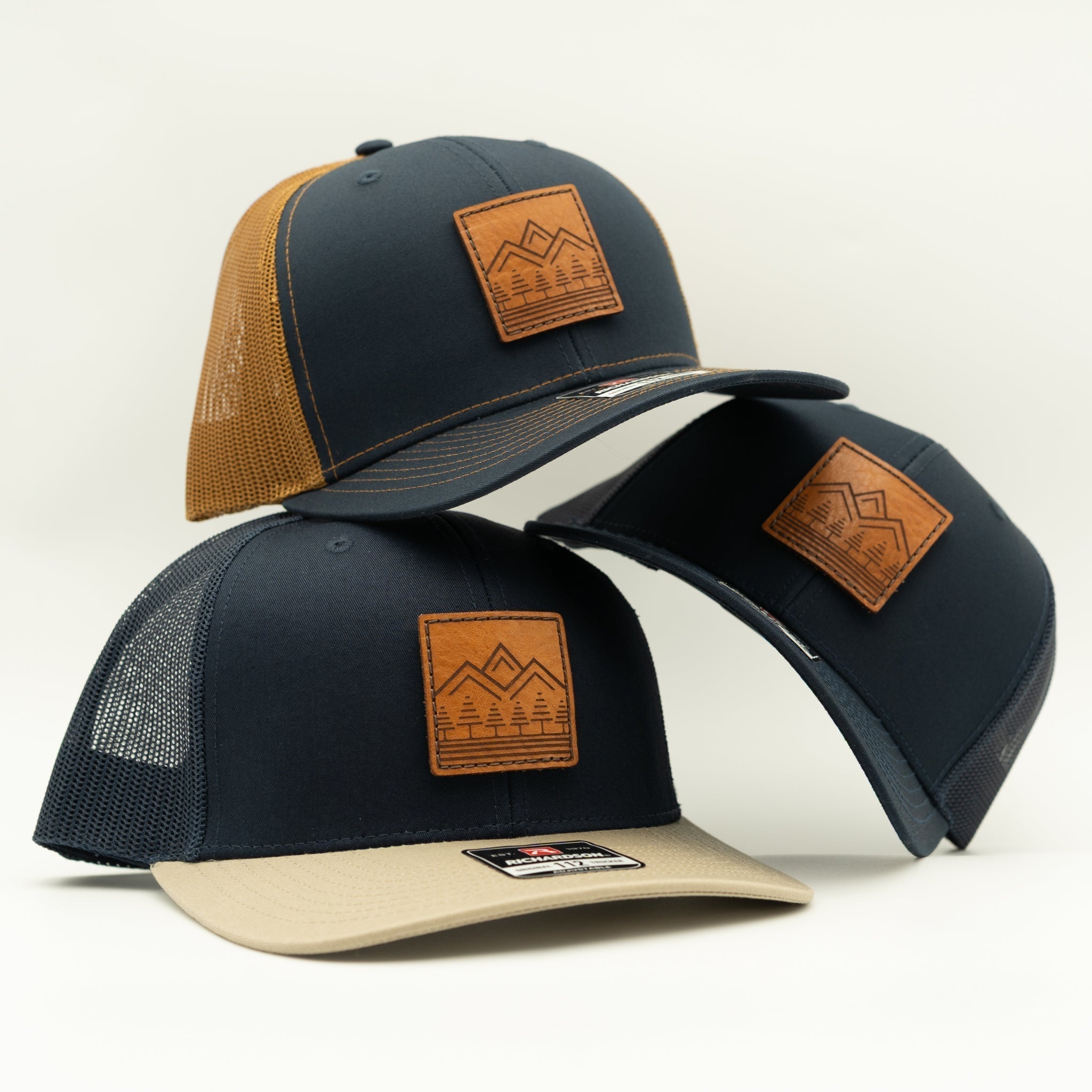How to Properly Clean Hats: Step-by-Step Guide

Introduction
Hats are not just accessories, they are statements, expressions of style, and often cherished possessions. Over time, though, they accumulate dirt, sweat, and odors that can diminish their appeal. That's where proper cleaning comes in. In this comprehensive guide, we'll walk you through the steps to ensure your hats remain fresh and in top-notch condition.
Why Wash Your Hat?
Before diving into the cleaning process, it's essential to understand why washing your hat is crucial. Hats, especially those worn frequently, are exposed to sweat, oils, and environmental elements. Neglecting to clean them not only affects their appearance but can also lead to hygiene issues. Regular cleaning not only preserves the hat's lifespan but also ensures you're not carrying around unwanted bacteria.

Different Types of Materials and Why They Matter for Cleaning
Understanding the material of your hat is paramount for effective cleaning. Different materials require specific care to maintain their quality and appearance.
1. Cotton Hats:
- Why Material Matters: Cotton hats are highly breathable but prone to shrinking. It's crucial to clean them with care to prevent distortion.
- Cleaning Tip: Handwash with a mild detergent to avoid shrinkage. Air dry to maintain the hat's original shape and size.
2. Polyester Hats:
- Why Material Matters: Polyester is durable but can retain odors. Proper cleaning is essential to eliminate smells and maintain freshness.
- Cleaning Tip: Handwash with a gentle detergent to preserve color and shape. Ensure thorough air drying to prevent any lingering odors.
3. Wool Beanies:
- Why Material Matters: Wool is susceptible to shrinking without proper care. Special attention is needed to preserve its softness and shape.
- Cleaning Tip: Handwash with a wool-specific detergent, ensuring a gentle touch. Dry the beanie flat to prevent distortion and maintain its original texture.
4. Leather Specialty Hats:
- Why Material Matters: Leather requires unique care to prevent cracking or discoloration during cleaning. It's a delicate material that demands careful attention.
- Cleaning Tip: Spot clean using a damp cloth and a mild cleaner. For intricate designs, consider professional cleaning to maintain the hat's overall integrity.
5. Mesh Caps:
- Why Material Matters: Mesh caps demand extra attention due to their delicate structure. Cleaning with care is necessary to prevent damage.
- Cleaning Tip: Handwash gently, paying special attention to mesh areas. Proper air drying is crucial to maintain the cap's structure and integrity.
How to Wash Baseball Caps
STEP 1: Assess the Material
Not all baseball caps are made equal. The first step is to identify the material of your cap. Whether it's cotton, polyester, or a blend, understanding the fabric is crucial to determine the cleaning method.
STEP 2: Handwashing
For most baseball caps, handwashing is the safest option. Use a mild detergent or dish soap and a soft brush. Gently scrub the cap's surface, paying extra attention to stained areas.
STEP 3: Rinse and Air Dry
After washing, thoroughly rinse the cap with cold water to remove any soap residue. Avoid wringing out the hat, as this can distort its shape. Instead, place it on a clean towel and let it air dry, ensuring it's in its original form.
How to Wash Beanies
Beanies, often made from delicate materials like wool or cashmere, require a different approach.
STEP 1: Check the Care Label
Always check the care label for specific cleaning instructions. Some beanies may be suitable for machine washing, while others require handwashing.
STEP 2: Handwash with Care
If handwashing is recommended, use a gentle detergent or baby shampoo. Soak the beanie in lukewarm water, gently agitate, and rinse thoroughly.
STEP 3: Dry Flat
To maintain the beanie's shape, lay it flat on a towel to dry. Reshape it if necessary, and avoid hanging it to prevent stretching.
How to Wash Specialty Hats
Specialty hats, such as those with embellishments or unique materials, demand extra care.
STEP 1: Spot Cleaning
For hats with intricate designs or delicate fabrics, spot cleaning is often the safest option. Use a mild cleaner or a mixture of water and vinegar on a soft cloth to gently dab and clean specific areas.
STEP 2: Air Dry
Air drying is crucial for specialty hats to ensure no misshaping or cracking in materials.
Benefits of Cleaning Your Hat
Cleaning your hat regularly offers various benefits beyond just aesthetics:
1. Prolongs Lifespan:
- Regular cleaning prevents the buildup of oils, sweat, and dirt, which can degrade the fabric over time. This extends the lifespan of your favorite hats, ensuring you enjoy them for years.
2. Maintains Freshness:
- Hats absorb sweat and odors, making them less appealing over time. Proper cleaning eliminates these unwanted elements, keeping your hats smelling fresh and pleasant.
3. Preserves Color and Shape:
- Different materials react differently to environmental factors. Cleaning helps preserve the original color and shape of your hats, ensuring they look as good as new.
4. Hygiene and Comfort:
- Wearing a dirty hat can lead to hygiene issues and discomfort. Regular cleaning ensures that your hats remain a comfortable and hygienic accessory.
5. Protects Against Damage:
- Specialized cleaning methods protect delicate materials like leather and mesh, preventing damage that may occur from neglect or using harsh cleaning agents.
6. Enhances Appearance:
- Clean hats look more appealing and enhance your overall appearance. Whether it's a casual cap or a stylish beanie, a well-maintained hat adds a finishing touch to your outfit.

FAQs (Frequently Asked Questions)
Q1: Can I use bleach to clean my hats?
It's not recommended. Bleach can damage the fabric and affect the color of the hat. Stick to mild detergents or specialized hat cleaners. Harsh chemicals may compromise the material, leading to premature wear and tear.
Q2: How often should I clean my hats?
The frequency depends on usage. Regularly worn hats may need cleaning every few weeks to months, while occasional-use hats can be cleaned less frequently. Assess your hat's condition and cleanliness to determine the right schedule.
Q3: Can I machine wash all hats?
Not necessarily. Always check the care label. Some hats are machine washable, while others require more delicate handwashing. Following the care instructions ensures longevity and maintains the hat's original quality.
Q4: How do I remove sweat stains?
For sweat stains, pre-treat the area with a mixture of baking soda and water before washing. Allow the mixture to sit for a few minutes to break down the stain before proceeding with the recommended cleaning method for your specific hat material.
Q5: Can I iron my hat to remove wrinkles?
Avoid ironing hats, as high heat can damage materials and compromise the hat's structure. Instead, reshape and air dry. If wrinkles persist, consider using a fabric steamer on low heat to gently remove them.
Q6: Can I use a fabric softener when washing my hats?
It's not advisable. Fabric softeners may leave a residue on the hat, affecting its texture and potentially causing skin irritation. Stick to mild detergents suitable for the hat's material to ensure a thorough yet gentle cleaning process.
Conclusion
Hats hold a unique place in day-to-day life, reflecting individuality and making a statement. Ensuring the longevity and appeal of these cherished accessories goes beyond just aesthetics, it's about preserving a piece of your identity. Properly cleaning your hats transcends a routine task; it becomes a commitment to maintaining freshness and extending the lifespan of these treasured items.
If you are looking for your new adventure companion, check out Outer Wings and our handcrafted hat collection. Can't find something you like? Customize your hat to match your style perfectly.


